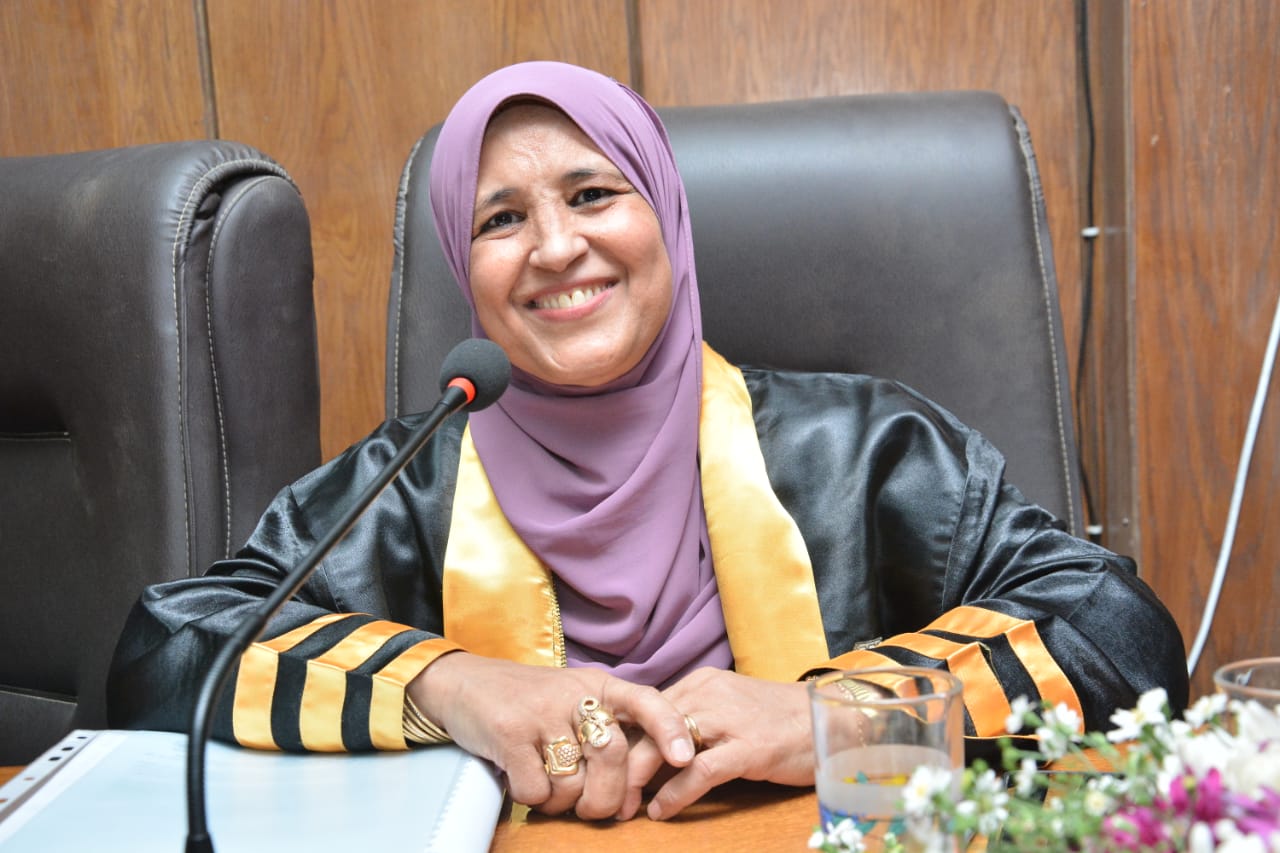Abstract:
Scientific research, in all its forms and levels, derives its value, excellence and effectiveness from its trying by all possible means and tools to face a problem and to solve it; or to deal with a certain danger and the way to remove or avoid it; or to realize a certain society or community needs and creativity in meeting them. Such issues, in all cases, are urgent developmental and community needs to be met by scientific research as an urgent need during Globalization Age.
Thus, the problem of the current study may be formulated in the following question:-
- What are the features of research gap studied by educational papers published by Sohag Faculty of Education Journal? What are its causes?
- What are the attitudes of research issues investigated by educational papers published by Sohag Faculty of Education Journal?
- What are the most important methodological features used in educational papers in fundamentals of education published by Sohag Faculty of Education Journal?
- What are the suggested solutions to overcome the gap phenomenon in educational papers in fundamentals of education published by Sohag Faculty of Education Journal?
The current study has aimed to:-
- Reveal features of research gap of educational papers in fundamentals of education published by Sohag Faculty of Education Journal.
- Identify the most important attitudes of research issues investigated by educational papers in fundamentals of education published by Sohag Faculty of Education Journal.
- Identify the most important methodological features used in educational papers in fundamentals of education published by Sohag Faculty of Education Journal.
- Try to achieve ways and real procedural solutions to overcome gap in educational papers in fundamentals of education phenomenon .
- Identify how far educational papers in fundamentals of education published by Sohag Faculty of Education Journal represent current problems and issues of the Egyptian society.
- Pave the way before researchers and provide them with current research problems the Egyptian society needs to fill in the gaps requiring carrying on research and to replicate formerly studied issues.
The researcher has used the descriptive method as the most appropriate method to the nature of the study. She has used content analysis approach as an approach of the descriptive method, as well.
The study has resulted in:-
- Educational researches belonging to curricula and methods of teaching field came first as they were the most common ones, in the under investigation journal in a certain period of time, followed by those in the field of fundamentals of education. In the third rank came papers prepared in the mental health field. In the fourth rank, came papers prepared in the field of psychology. In the final rank, came those prepared in the field of comparative education and education administration.
- Individual papers in each field came in the first rank .
- Analytical descriptive method is the most used one by published papers by Sohag Faculty of Education journal in fundamentals of education .
- Papers prepared by lecturers came in the first rank with 60 papers, with a percentage of 43.80%, followed by those published by assistant professors in the second rank with 49 papers, with a percentage of 36.84%. In the third rank, came papers prepared by professors with 15 papers, with a percentage of 11.28%..
- Papers in the field of fundamentals of education published by Sohag Faculty of Education journal dealt with various educational issues, such as: philosophy of education; sociology of education; teacher preparation and training; economics of education; educational and teaching planning; education literacy and adult education; educational media; students and their problems; education, awareness and its types; education, identity and foreignization; technical education; special education; overall quality; political education; woman issues; university education; teaching staff members; teaching and problems of society; and Islamic education.

